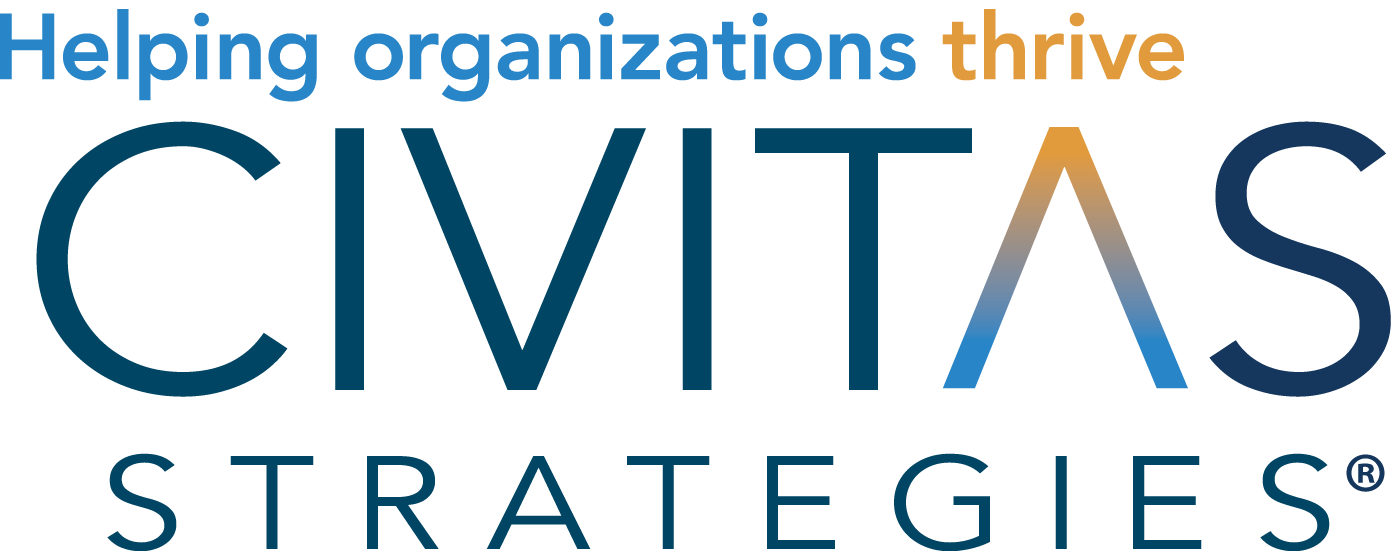Money Hiding in Plain Sight: The Employer Child Care Tax Credit
The Employer-Provided Child Care Tax Credit, outlined under Section 45F of the Internal Revenue Code and claimed using IRS Form 8882, is sometimes referred to as the Section 45F Credit.
The Employer-Provided Child Care Tax Credit lets businesses claim up to 25% of qualified childcare expenses and 10% of referral services costs, with a maximum annual credit of $150,000. This 20-year-old federal incentive is a powerful tool for reducing tax liability while addressing critical workforce needs.
Why This Credit Matters
For Your Business:
Tax Savings: Significant credit potential up to $150,000 annually
Better Recruitment: Child care support attracts top talent in today's competitive market
Increased Productivity: Reliable child care reduces absenteeism and improves focus
Enhanced Reputation: Positions your business as an employer of choice
For Your Employees:
Lower Costs: Reduces families' out-of-pocket child care expenses
Work-Life Balance: Provides reliable care solutions
Stacked Benefits: Can combine with FSAs or the Child and Dependent Care Tax Credit
Breaking Down Common Myths
Myth: It's only for onsite child care. Reality: The credit covers contracting with licensed offsite providers too.
Myth: Only large companies can benefit. Reality: Businesses of all sizes can access this credit proportionally.
Myth: The credit isn't worth it. Reality: With potential savings up to $150,000 annually, plus improved retention and productivity, the ROI is substantial.
Myth: The paperwork is complex. Reality: IRS Form 8882 is straightforward and requires only basic expense details.
How to Qualify
Qualifying Expenses:
Onsite child care facility construction, operation, or expansion
Contracts with licensed offsite child care providers
Child care resource and referral services
Key Requirements:
Benefits must be available to all employees
Cannot favor highly compensated employees
For child care businesses: at least 30% of enrolled children must be employees' dependents
Real Examples of Tax Savings
Example 1: Small Business
Child care contract: $50,000 (25% credit = $12,500)
Referral services: $10,000 (10% credit = $1,000)
Total tax credit: $13,500
Example 2: Larger Business with Onsite Facility
Construction costs: $200,000
Staff salaries: $120,000
Operational costs: $80,000
Total eligible expenses: $400,000
Total tax credit: $100,000
How to Claim the Credit
Track Expenses: Document all qualified child care facility costs, provider contracts, and referral services
Complete Form 8882: Fill out this straightforward IRS form with your expense details
File with Taxes: Include the credit as part of your general business credit
Frequently Asked Questions
Q: Can small businesses use this credit? A: Yes, this credit works for businesses of all sizes. Small companies can partner with providers or offer subsidies.
Q: What about nonprofits? A: This credit is only available to for-profit businesses.
Q: What records do I need? A: Keep invoices, contracts, and payroll records related to your child care program.
Q: Can I work with multiple providers? A: Yes, you can claim the credit for expenses with multiple licensed providers.
Q: Is there a spending limit? A: You can spend as much as you want, but the credit cap is $150,000 annually.
The Takeaway
The Employer-Provided Child Care Tax Credit offers a win-win opportunity: meaningful tax savings for your business and valuable support for your employees. With straightforward qualification requirements and significant potential savings, this credit should be considered as part of your employee benefits strategy.
Ready to calculate your potential savings? Consider consulting with a tax professional to explore how this credit can work for your business.
